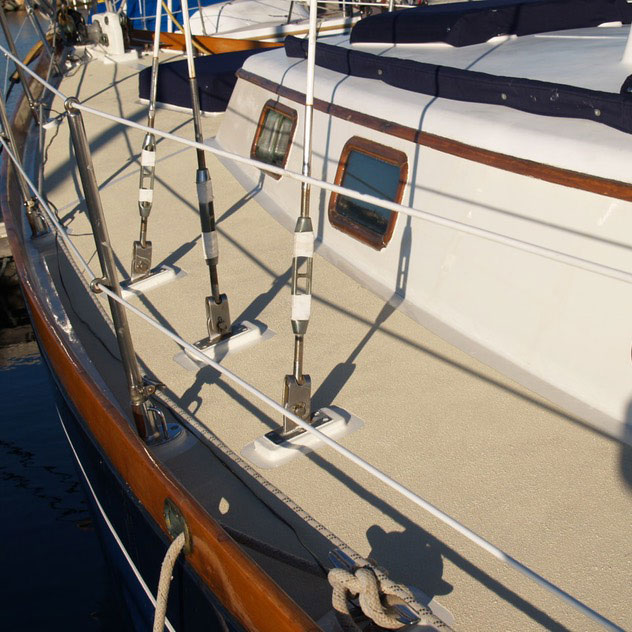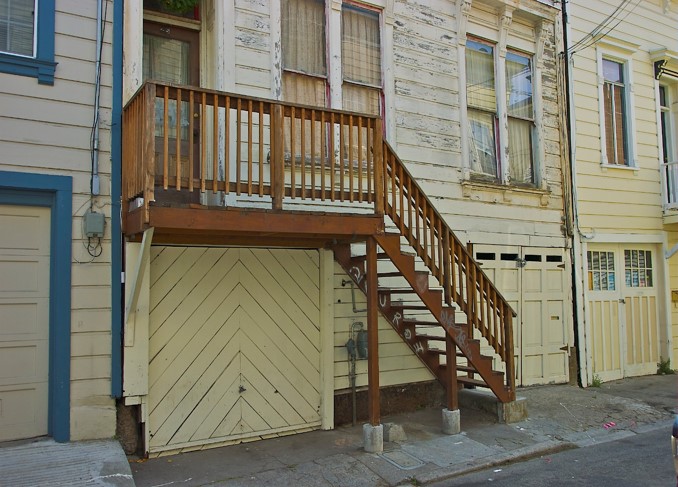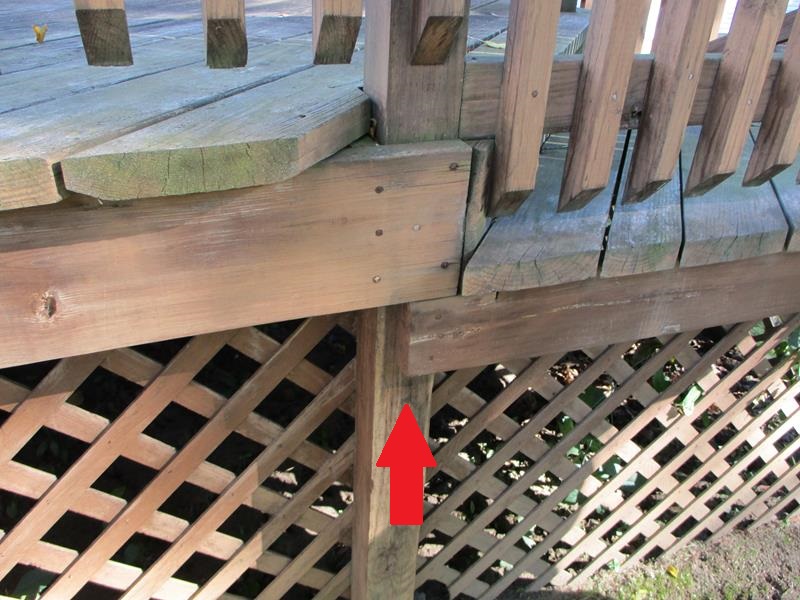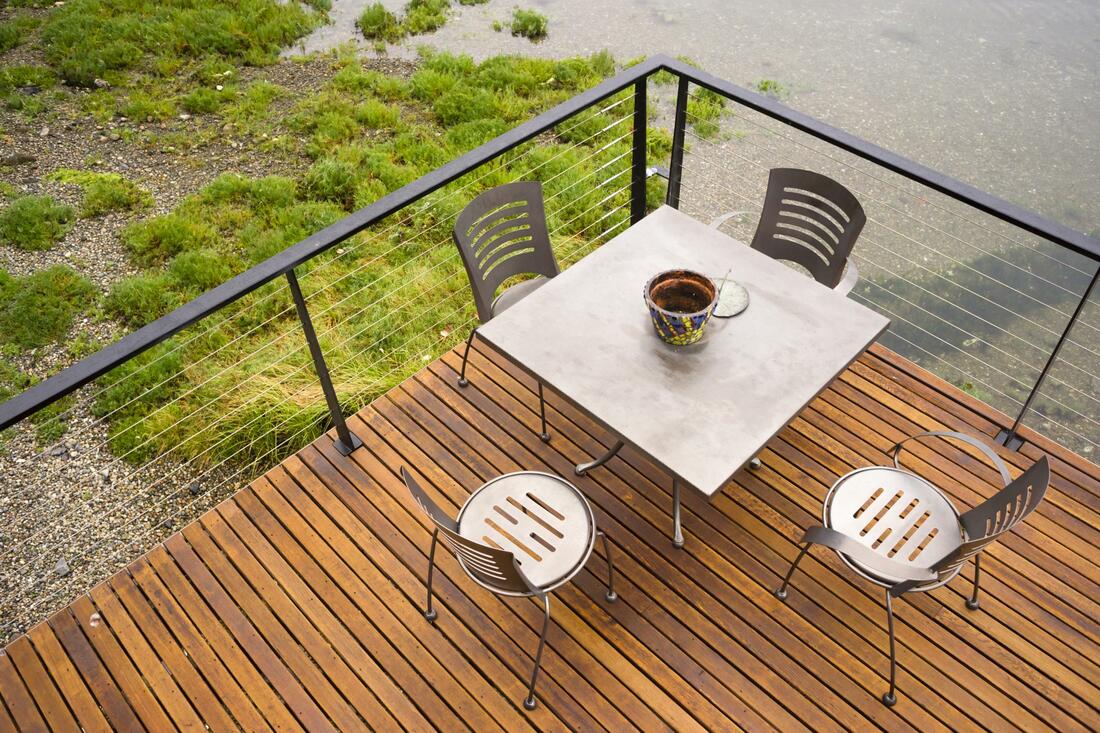Deck Safety Check Program - Buildings - City of Cincinnati

How Spring Deck Maintenance Checklist - Part 1: Inspections can Save You Time, Stress, and Money.

by Nick Gromicko, CMI, Founder, International Association of Certified Home Inspectors (Inter, NACHI) More than 2 million decks are built and replaced each year in The United States and Canada. Inter, NACHI estimates that of the 45 million existing decks, only 40% are totally safe. Because decks seem easy to construct, numerous people do not understand that decks are, in reality, structures that require to be developed to properly withstand specific stresses.

Common Deck Defects - JLC Online
A deck needs to be able to withstand lateral and uplift loads that can act on the deck as an outcome of wind or seismic activity. Deck stairs need to be safe and hand rails graspable. And, finally, deck rails ought to be safe for kids by having proper infill spacing. A deck failure is any failure of a deck that could result in injury, consisting of rail failure, or total deck collapse.
Very few municipalities perform investigations into the cause of the failure, and the media are typically more worried with injuries instead of on the reasons for collapses. Rail failure happens far more regularly than overall deck collapses; nevertheless, since rail failures are less remarkable than total collapses and usually do not result in death, injuries from rail failures are hardly ever reported.
The image above illustrates an equally distributed deck load. Building regulations require decks to be developed to bring an uniformly dispersed load over the entire deck. If equally dispersed, half of the load is brought by the deck-to-house connection, and the other half is carried by the posts. The image above portrays a typical deck load circulation.

Common Deck Defects Found During Home Inspection — Caliper Home Inspections
The 45-Second Trick For Deck Safety - Deck Inspection - Structural - Local Building Codes
Hot tubs filled with water and people are heavy and can weigh a couple of loads. Most decks are created for loads of 40 to 60 pounds per square foot. Hot tubs need framing that can support over 100 pounds per square foot. Footings and Posts: Required footing depths differ based upon local building regulations.

Deck Inspections - Western Reserve Home Inspection
The above image depicts the 7-Foot Guideline. On steep residential or commercial properties, the slope of the ground around the footing might affect the footing's stability. Click Here For Additional Info -Foot Rule states that there should be a least 7 feet between the bottom of a footing and daytime. Posts in contact with soil ought to be pressure-treated and oriented so the cut end is above grade.
